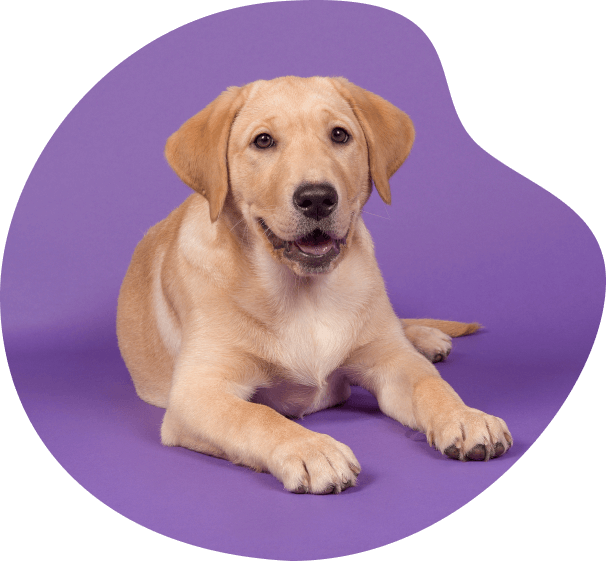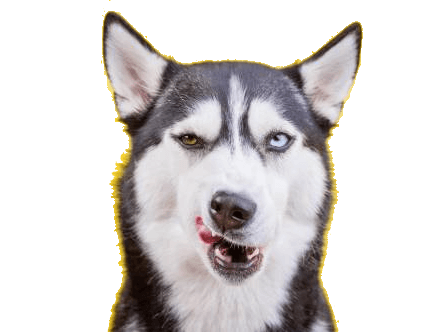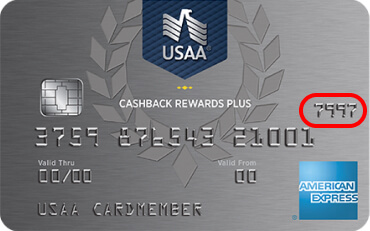Adorable tricks
Teach your new dog or puppy these simple show-off tricks and strengthen the bond between you.
What is included in this course?
In this course, you’ll find 13 fun and impressive tricks that will provide your pooch with sufficient mental and physical activity.
Why is it important for EVERY dog to learn tricks?
Trick training is a must for every doggy. It reinforces existing skills, strengthens your relationship and helps to build up your dog’s confidence.
How old should my dog be for this course?
This course is designed for dogs of all ages.
Can I teach my dog tricks myself?
Sure! You’ll find step-by-step video instructions that will help to make the learning process super easy.
Course program
Tricks:
Paw
Giving paw is a very cute dog trick that’s fun for dogs and simple to teach. We are pretty sure that it won’t take long to train your dog to give you their paw.
Look!
This cute trick will teach your dog to make eye contact with you. The “Look!” trick is very important because eye contact is fundamental for training and building up trust.
Right spin, left spin
These tricks will teach your dog to follow your hand, as well as teaching coordination and agility.
Shame
This is a cute trick to get your dog to act like they are guilty of something. If you’d love to show off, we are sure that this trick will definitely impress your guests.
Nose target
The “Nose target” is a very easy exercise that draws your dog’s concentration to your palm. This trick can be extremely useful for many situations.
+8 tricks more

then $19.99 / 1 month
Frequently asked questions

It really depends on HOW you provide the praise. If you sadly and quietly repeat: “Good dog,” your pet is very unlikely to understand that you are happy with what they are doing.
Your dog likes enthusiastic sounds and your praise should evoke your dog’s extreme positive response — it should look at you and wag its tail.
Keep in mind that all dogs have their own reaction to the intensity of praising. Some dogs are satisfied with a calm: “Good boy,” while others need to see your extreme joy.
Just like any other kinds of learning, trick training requires timely correct behavior markers. And the clicker probably serves this purpose best.
Inhumane training methods are totally unacceptable. Some dog owners say that positive reinforcement fails to work with their dogs but, in fact, in each case there are the mistakes dog trainers make. There actually can be plenty of these mistakes:
- Incorrect choice of the reward (at the moment the dog does not want what you offer).
- A lack of a plan. You must always keep in mind the next step that you are going to reinforce.
- Untimely reinforcement. In this case, your dog doesn’t understand what you reward them for and, therefore, they don’t learn what you want them to learn.
- You do a lot of extra movements that prevent the dog from understanding what you want from them.
- The task is too difficult. Your dog either needs more time to learn or you have to divide the task into smaller steps.
Don’t get upset if something goes wrong.
If your dog performed the command perfectly yesterday, but won’t perform it today, go back one or several steps.
And if something goes entirely wrong today, take your time and go back to that trick later.
To meet your trick training goals, the following requirements should be met:
-
Your dog should be hungry.
It doesn’t mean your dog should be deprived of food for several days. It is enough, for example, if you train in the first half of the day, to give 30 – 50% of the food portion in the morning, and feed the rest during the class. But a strong feeling of hunger is stressful for the dog; they will only think about how to get food, and they won’t be able to concentrate. - Train in an environment that your dog is familiar with and where they feel comfortable.
- Ensure the absence of stimuli (if possible). It is much harder for a dog to focus in a stimuli-saturated environment.
- The dog should have a walk, but they shouldn’t be tired.
- You should have a plan for a training session.
- Pay attention to your dog’s individual traits.
- Increase the complexity level gradually. If you see that the skill is obtained, raise the requirements a bit and take a look at whether the dog is ready to go to the next level. The level of complexity should be adequate.
- Vary the ways of reinforcement. For example, if your puppy has learned the trick in which you hold a piece of food near their nose, next time lead them with an empty hand and give the treat from the other hand.
- Don’t make your dog tired. Give your dog a rest before they get tired and lose their interest.
- Some of the tricks require serious physical training as they are very unnatural for dogs. In normal life, dogs are very unlikely to walk on three legs or jump with a 180-degree turn. So before training a new trick, make sure your dog is sufficiently physically developed and has a good ability to concentrate. Sometimes preparatory exercises are required.
The most important thing is to keep in mind that training should bring joy, both to you and your dog.
It is vitally important that your dog doesn’t get injured in the process of training. Here are the most important rules to ensure your dog’s safety.
- Take age restrictions into account. For instance, you should never train the “Bunny” trick with a puppy whose bones and muscles have not yet formed.
- Never train your dog on slippery surfaces.
- Do not train your dog on hard surfaces, such as asphalt.
- Secure your dog. If they lose balance, support them.
As a rule, the dog’s trick training starts with familiarizing your pet with targets. These can be:
- A palm-target
- A cover-target
- A stick-target
The dog can touch the target with their nose, paws and other body parts depending on what trick is being trained.
At the same time, it is important to teach the dog to follow the hand, but not to constantly rub their nose into it. For example, when you teach your pet to move backwards on the command “Back”, you do not need them to move forward, trying to rub their nose against your hand.
- Pointing is a trick training method when you give your dog a clue what to do with a piece of a treat held in your hand. A dog’s orientation to the owner and his hand is a great bonus which helps a lot in the future. But when you train tricks using prompting, do not touch your dog. For example, if you hold a treat behind your dog’s head, they are almost sure to raise their head and sit down — this is how the “Sit” command is taught.
- “Catching” and reinforcing the dog’s desired behavior. This is the method when you see your dog has performed some action you want them to perform and you encourage this action. For example, every time a dog accidentally sits down, you can praise them for this. This method is not the best one for obedience training but for teaching such commands as the “Crocodile” (this is when the dog clicks their teeth on command) and the “Speak” command, it works really well.
- The social mimicking method or “Do as I do” technique. This method is based on the fact that dogs have great skills of mimicking actions. We teach the dog to follow the actions of the trainer and repeat them after him.
- Shaping. This is the method we teach the dog when guessing what the owner is up to. Shaping is a process where we train the dog to take a new action by encouraging each step of the process.
Some may say that tasty treats are the best reward. This is true, but not entirely. The best reward is what your dog wants at this very moment. When training your dog tricks, you can encourage them with:
- Treats. These are said to be the best rewards as you can give them almost instantly and the dogs like tasty food. However, it is important to choose what your dog likes the most, since every dog has their own tastes and preferences.
- Toys. It is better to use toys for skill consolidation when the dog has a clear understanding of what you want from them. You should also keep in mind that toys significantly excite the dog.
- Verbal praise. Positive emotions of the owner’s to a certain extent switch your dog’s attention from the task it performs, so praise your pet verbally when you are sure your dog understands what you want from them and when they have already learned the trick well.
- Playing with the owner (for example, in a tug-of-war game). This is much more enjoyable for a dog to play with a human rather than simply receiving a toy. Of course, playing with the owner will be a good reward only if the dog likes to play with him in general.
What dog parents say about the EveryDoggy courses






